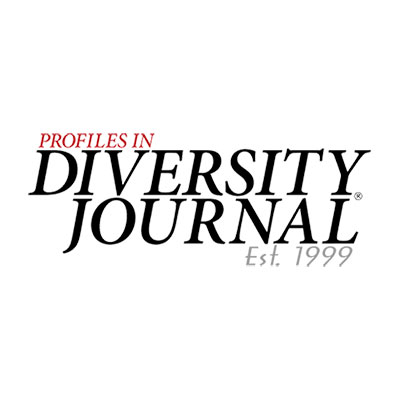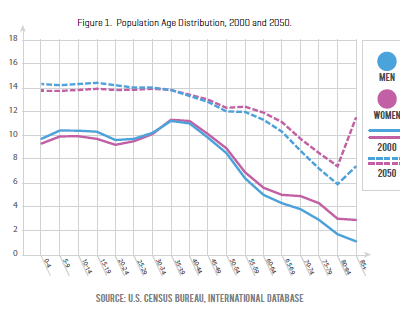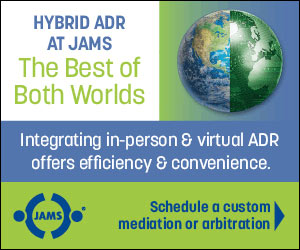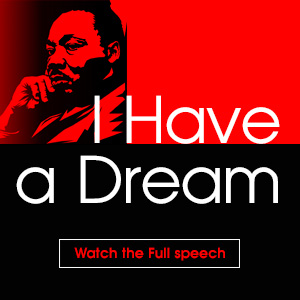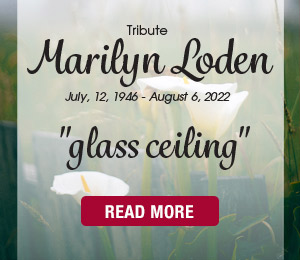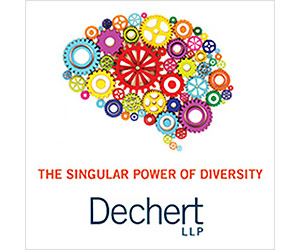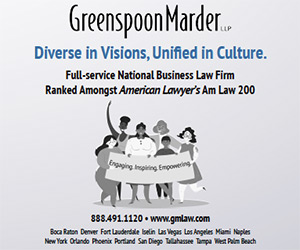Tag: Generational
By Sunniva Heggertveit-Aoudia In the western world on average we live longer, look younger, and have children later. The media talk about “Fifty being the new forty”—meaning people behave, dress, and look younger than before. The fact that we live longer actually creates challenges for governments—how to pay for retirement when people need it for… Read the full article
By Yasmine Winkler, Chief Marketing, Product and Innovation Officer, UnitedHealthcare UNITEDHEALTH GROUP IS a diversified health and well-being company with the mission of helping people live healthier lives. We recognize that the United States demographic make-up is ever-changing and becoming more diverse, with multicultural populations becoming the predominant driver of population growth. In the United… Read the full article
A new study from the MetLife Mature Market Institute, The MetLife Study of Generation X: The MTV Generation Moves into Mid-Life, has found new findings on the lives of the Gen X generation. According to the study, 70 percent of Gen Xers live with a spouse or partner. They have an average of 2.5 children… Read the full article
When one considers diversity, one often thinks of race, gender, sexual orientation, and income level. But there is a new and growing segment of the workforce that has unique needs that need to be addressed and considered. Due to a number of factors and principally the great recession, the era of retirement at sixty-five may have ended.
Whether you’re hearing jokes about the office “grandpa” who destroys forests with wanton printing or about “kids” who expect a gold start just for showing up, you’re probably already dealing with generational differences.
Understanding how the world requires greater commitment from all members to modify the business process allows for faster flow of information which, in terms, enables to easily detect, interpret, and translate needs from the market into new behavioral responses
For the first time in history, all four generations are in the workplace at the same time. Organizations will have to shift the work environment to cater to all four generations’ diverse generational backgrounds and learning styles.
The majority of the current workforce is made up of three generations- Baby Boomers, Generation X, and the Millenials- the diversity among those generations is blatant. Overall, each generation may be influenced to adopt the values of another, partially or totally; ultimately this translates to well-rounded and productive employees.
For the first time in United States history, the workforce is comprised of individuals from four distinct age cohorts. This has created new and profound challenges in the American workplace.
As the population ages, so does the workforce. With unsure economic times and the threat of dwindling Social Security, many baby boomers are choosing to stay in their jobs past retiree age or return to the workforce.


